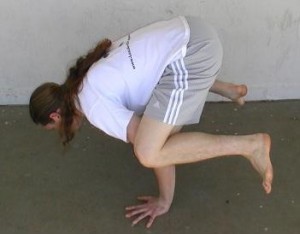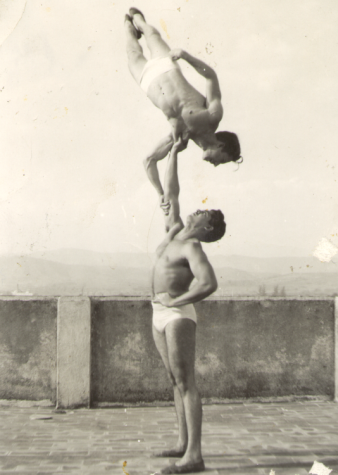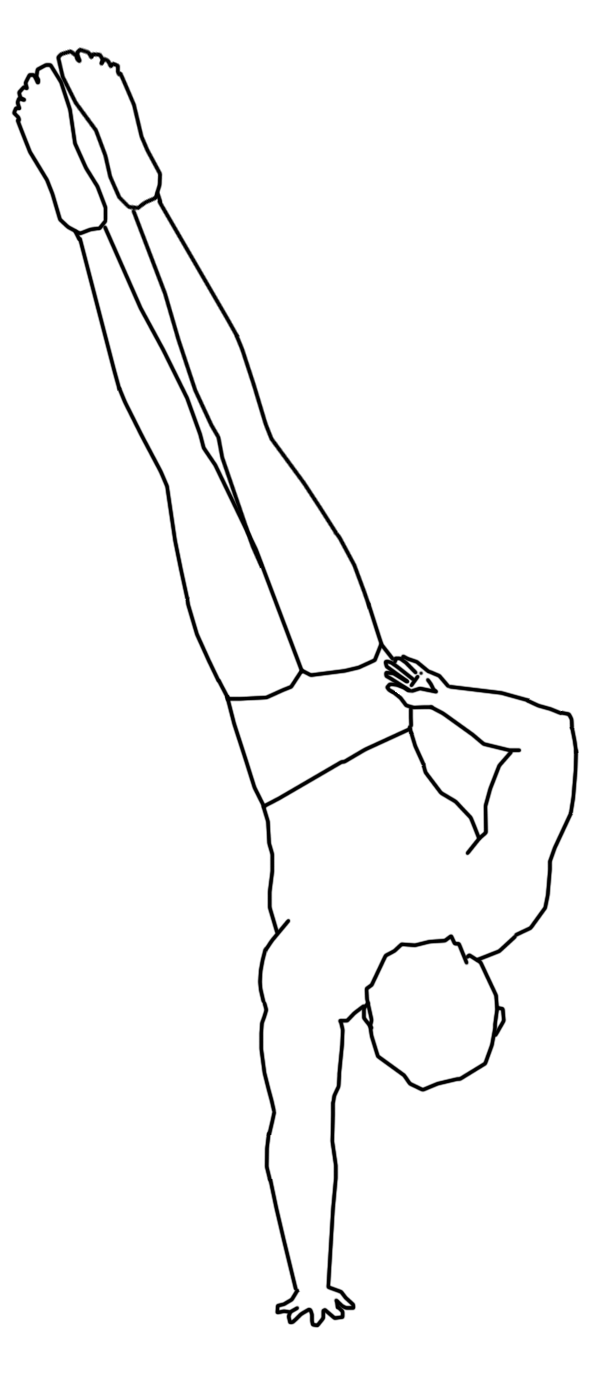I got an email the other day from a student who had purchased the Hand Balancing Mastery Course.
I’ve started dreaming about holding handstands, which for me is good sign that I’ll eventually get it, LOL!
I teach a Crossfit-style strength and conditioning class at a Krav Maga school in Dallas, and I’ve added 1 minute of crow stands to our warm-up every time. It is working nicely. A few students have remarked how their striking has improved with the enhanced wrist/forearm strength. People are kicking up into handstands against the wall, and showing progress in their handstand pushups. I have a yoga instructor as a student who has some amazing handbalancing skill, so everyone sees what is possible. Granted it will be even more impressive when I get it at 225lbs! My class is kick butt and your handbalancing course is one of my secret weapons.
Best regards,
Jon Burroughs

Crowstand AKA Frogstand or Knees-on-Elbows Stand
Not everyone may want to be able to do a one handed handstand or a planche, but I think everyone should be capable of holding a handstand at least against a wall. And with a bit more practice the free standing handstand is not too difficult.
The benefits of working on these basic skills make them worth it for virtually anyone.
This is something I discussed in the teleseminar with Jim Bathurst last night.
You need to choose how far you want to go. You can reach the basic skills in a relatively short time, especially if you train smart. It also won’t take much time. But if you want to go for the advanced skills, realize that you’re going to have to prove your dedication. (The proper roadmap and coaching on these is now next to essential.)
For the basics or advanced skills I try to offer the best resources available. There may even be some more personal help available soon…
Stay tuned for that and I’ll also be providing a few more takeaways from that call soon.
Good Luck and Good Hand Balancing,
Logan Christopher












